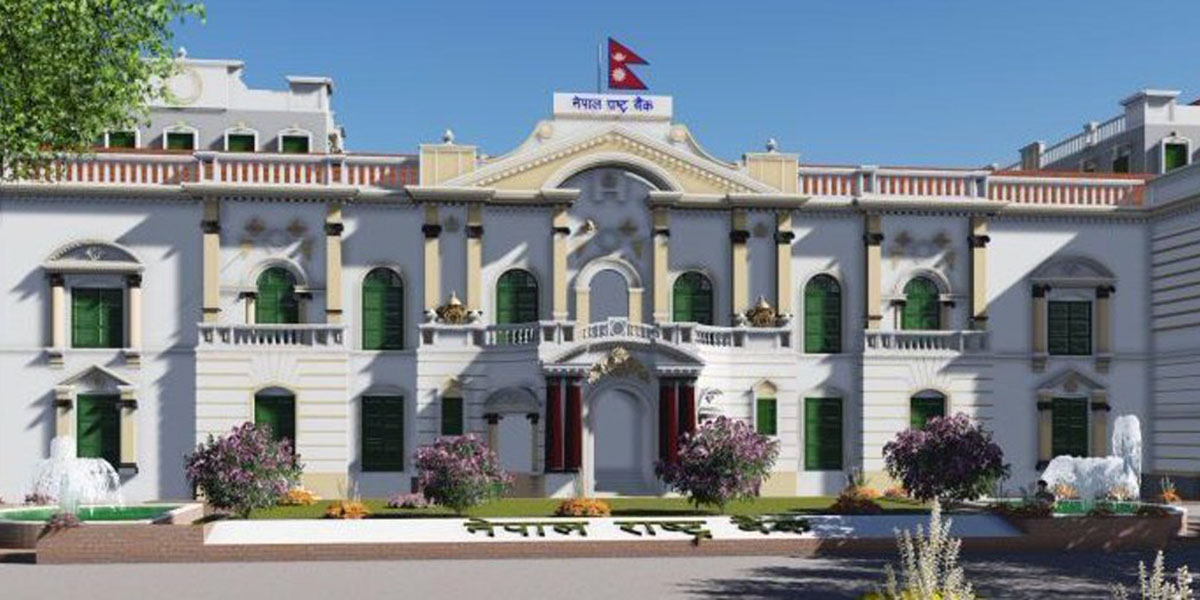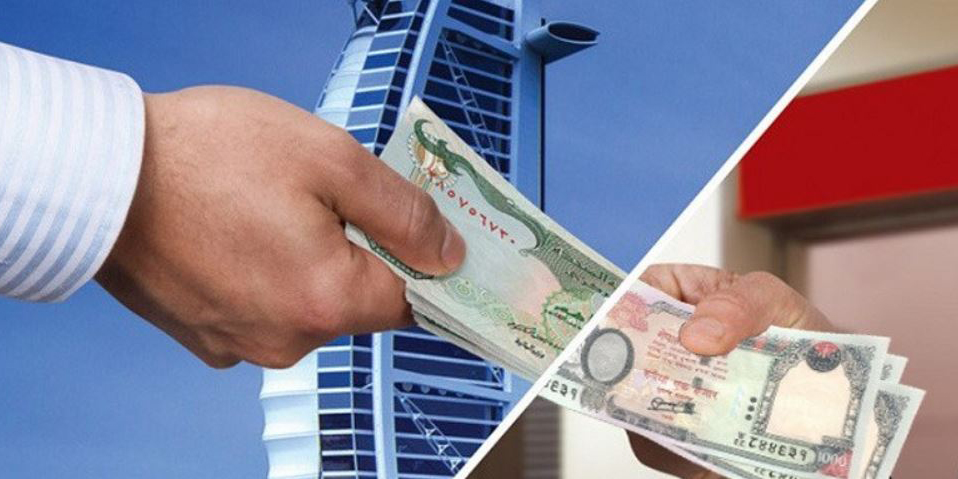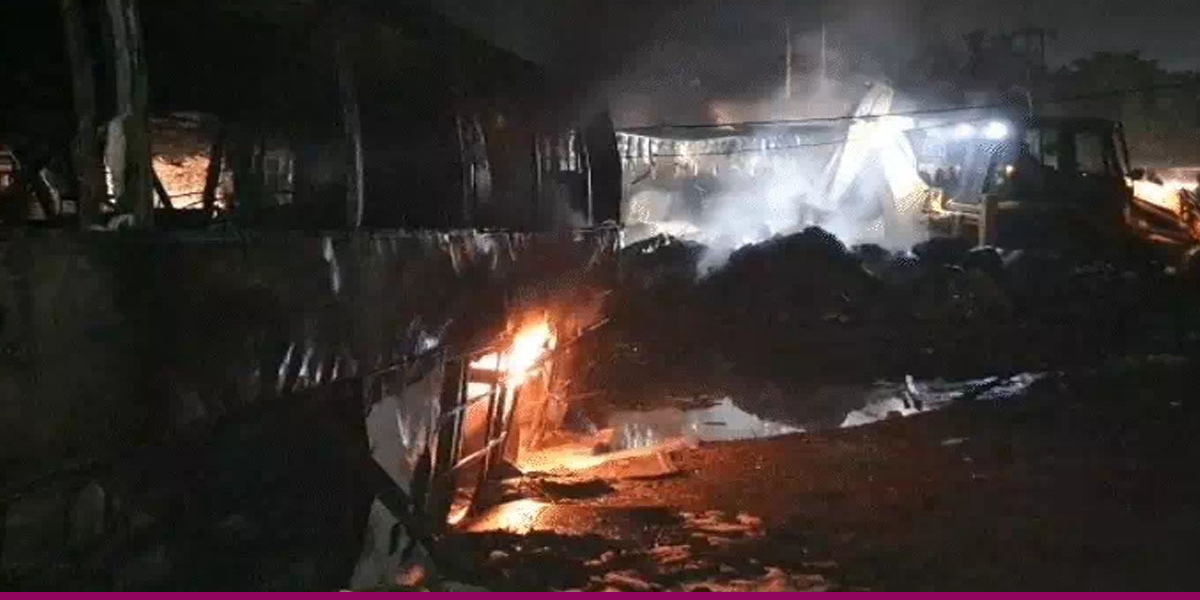
KATHMANDU: Nepal’s trade deficit came down by 15.5% to Rs 1,454.59 billion in fiscal year 2022/23 compared to a 23% growth recorded in the previous year.
The reduction in trade deficit is mainly due to a significant drop in imports. The Current Macroeconomic Situation Report of Fiscal Year 2022/23 released by the Nepal Rastra Bank (NRB) on Friday shows Nepal’s merchandise imports also fell by 16.1% in the review year reaching a total of Rs 1,611.73 billion, in contrast to a 24.7% growth in 2021/22.
Imports from India, China, and other nations all experienced declines of 14.4%, 15.9%, and 20.7%, respectively. While imports of items like sponge iron, chemical fertilizer, other stationeries, bitumen and paper witnessed growth, while imports of transport equipment & parts, M.S. billet, medicine, petroleum products, and crude soybean oil, among others, declined.
Similarly, merchandise exports experienced a significant decline of 21.4%, amounting to Rs.157.14 billion, in fiscal year 2022/23. Nepal’s exports took a hit mainly due to the drop in exports to India – its largest trading partner. Nepal’s exports to its southern neighbor during the review year declined by 31.3%. Exports to China and other countries, however, increased by 118.3% and 10.7 %, respectively.
Exports of products like zinc sheet, particle board, cardamom, woolen carpets, and polyester yarn & thread increased during the period, whereas products like soybean oil, palm oil, oil cakes, textiles, and silverware experienced a decline.
In terms of trade composition, the Broad Economic Categories (BEC) analysis showed that intermediate and final consumption goods accounted for 54.7% and 44.6% of total exports, respectively. Capital goods accounted for a marginal 0.7%. On the import side, intermediate goods comprised of 53.2% of total imports, while capital goods constituted 8.4%, and final consumption goods accounted for 38.3% of the imports.

 Himal Press
Himal Press 















